Perforated metal, a sheet material punctuated with a pattern of slots or decorative shapes, is revolutionizing architectural design.
Its ability to allow light, air, and sound to pass through has made it a go-to material for enhancing aesthetics and performance.If you’re contemplating using perforated metal for building construction, read on.
This article will take you on an exploration of how perforated metal is transforming the architectural world. It’ll also guide you through the practical use of these metals, the different types, and maintenance tips.
Different Types Of Perforated Metals
Perforated metals are commonly forged from stainless steel, aluminum, copper, brass, or titanium. These materials, once perforated, can take different shapes. The most common are:
1. Round Holes
Round holes are the most common perforated metaldue to their high open area for maximum light and airflow.You can often see them in office buildings and shopping malls that use perforated metals.
The size of round holes in these metals can vary depending on the intended application and specific design requirements. Common hole diameters range from a few millimeters to several centimeters. The diameter of the hole determines factors such as airflow and light transmission.
2. Square Holes
Square holes work best whenyou need a greater open area and aesthetic appeal.
Depending on the overall requirements, sizes may range from a few millimeters to several centimeters in width and length.
3. Slotted Holes
These perforated metals are perfect for sorting and grading solid materials in recycling facilities.
The dimensions of slotted holes are customized based on solid materials’ sorting and grading requirements.
4. Decorative Patterns
These come in different shapes and patterns for an aesthetic effect, for example, the honeycomb pattern for a modern and stylish appearance.
These patterns can range from fine, intricate designs with small holes to larger openings that create bold and striking visual effects.
Common Scenarios That Employ Perforated Metals
Here are some examples of where you can use perforated metals:
1. Perforated façade-
The façade of a building, often the first thing people see, can be enhanced with perforated metal.Perforations create an intricate pattern allowing controlled light penetration, giving a building a visually appealing and dynamic appearance.
2. Perforated staircase –
In contemporary residential or commercial spaces, a perforated metal staircase can be a stylish and functional addition.The perforated metals provide structural support while creating a unique play of light and shadows, adding an artistic touch to the interior design.
3. Perforated canopy or sunshade –
For public plazas or outdoor gathering spaces, a perforated metal canopy or sunshade can offer shade and allow diffused light to filter through
4. Perforated room dividers –
Perforated metal can create separate zones while maintaining a sense of openness within an open-plan office or a hotel lobby.
5. Perforated ceiling panels-
For theaters or auditoriums, perforated metal ceiling panels can improve acoustic performance by facilitating sound absorption and diffusion.
These scenarios demonstrate the versatility and creative potential of incorporating perforated materials in architectural design.
How Does Perforated Metal Enhance Aesthetics And Functionality?
Architectural engineering focuses on designing and constructing buildings and structures that are safe, functional, and aesthetically pleasing.
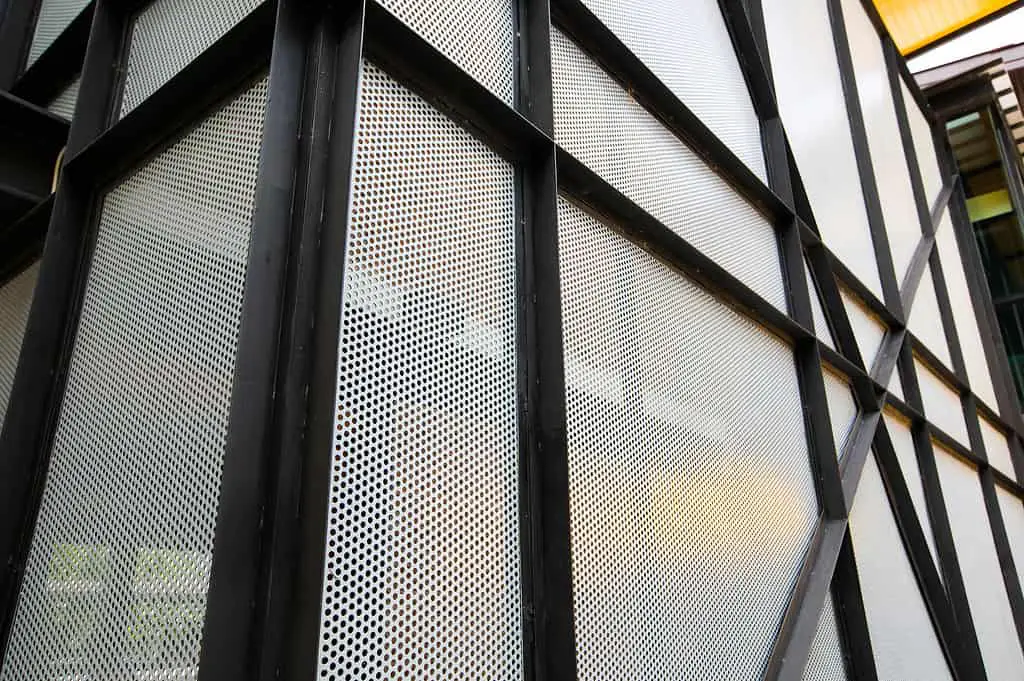
Here’s how perforated metal helps with the process:
1. Visual appeal –
Perforated metal allows light to filter through in beautiful patterns, creating a play of shadows and illumination.
2. Temperature regulation –
It serves as a modern, natural climate control solution. Perforated metal controls sunlight, keeping interiors cool in summer and retaining warmth in winter.
3. Eco-friendly –
Its use reduces the need for artificial lighting and cooling systems, leading to lower energy consumption. A good example of where perforated metal has achieved this is RMIT University’s Design Hub in Melbourne, Australia.It features a façade made of sandblasted glass disks in a grid of perforated steel, reducing the need for artificial lighting and cooling.
4. Noise reduction –
The perforations absorb and scatter sound waves, reducing noise pollution. Perforated metal partitions in a busy city office can significantly reduce noise levels, providing a quieter and more productive working environment.
5. Safety and filtration –
In industries, perforated metal guards cover machinery and different filtration systems, from coffee filters to automotive oil filters.
These are some of the practical ways in which perforated metals enhance aesthetics and functionality.
Conclusion
Perforated metals play diverse roles in diverse architectural designs. The key to their effective use is understanding which type is best suited for a particular application.
By selecting the right type for each job, you can amplify both functionality and aesthetic appeal, transforming ordinary spaces into extraordinary experiences.

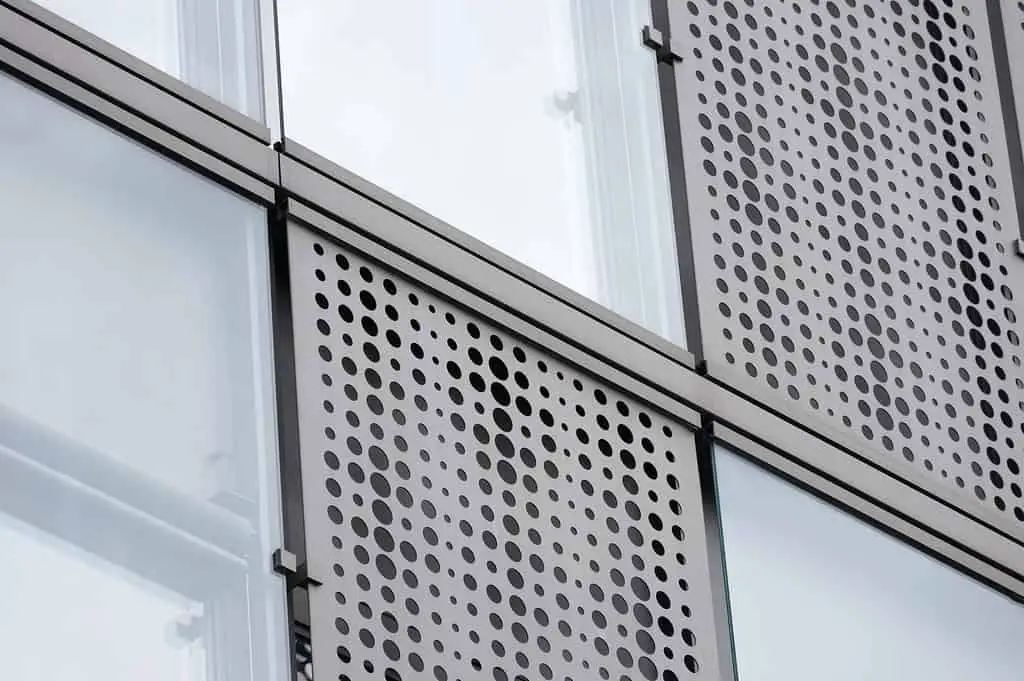
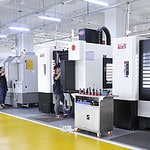



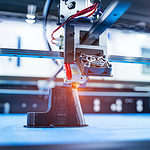

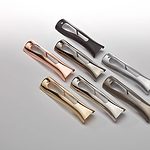

I made the decision to learn more about perforated metal sheets because my relative has expressed interest in using them. It’s a good thing I found your blog since you mentioned that there are several kinds of metals that have holes in them. Round holes, for example, are the most popular kind of metal with holes because they have a large open area that allows for optimal circulation and light penetration. I believe this is a great concept, therefore I will definitely let my cousin know about it and look into suppliers who can assist her in purchasing one.